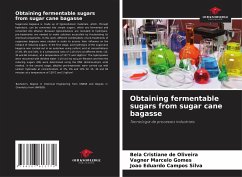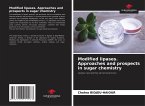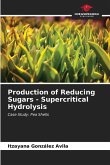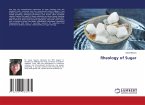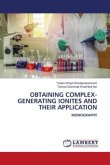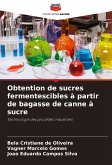Sugarcane bagasse is made up of lignocellulosic materials, which, through hydrolysis, can be converted into simple sugars, which are fermented and converted into ethanol. Because lignocelluloses are resistant to hydrolysis, pre-treatments are needed to make cellulose accessible by fractionating its chemical components. In this work, different combinations of pre-treatments of sugarcane bagasse were studied in order to assess their influence on the release of reducing sugars. In the first stage, acid hydrolysis of the sugarcane bagasse was carried out in an autoclave using sulfuric acid at concentrations of 2%, 6% and 10%, in a sample/acid ratio of 1:10 (m/v) at different times (15, 30 and 60 minutes), at a temperature of 121°C and 1kgf/cm². The hydrolysates were recovered with distilled water 1:10 (v/v) by vacuum filtration and then the reducing sugars (RA) were determined using the DNS (dinitrosalicylic acid) method. In the second stage, alkaline pre-treatments were carried out with sodium hydroxide at concentrations of 2%, 6% and 10% for 15, 30 and 60 minutes at a temperature of 120°C and 1 kgf/cm².
Bitte wählen Sie Ihr Anliegen aus.
Rechnungen
Retourenschein anfordern
Bestellstatus
Storno

